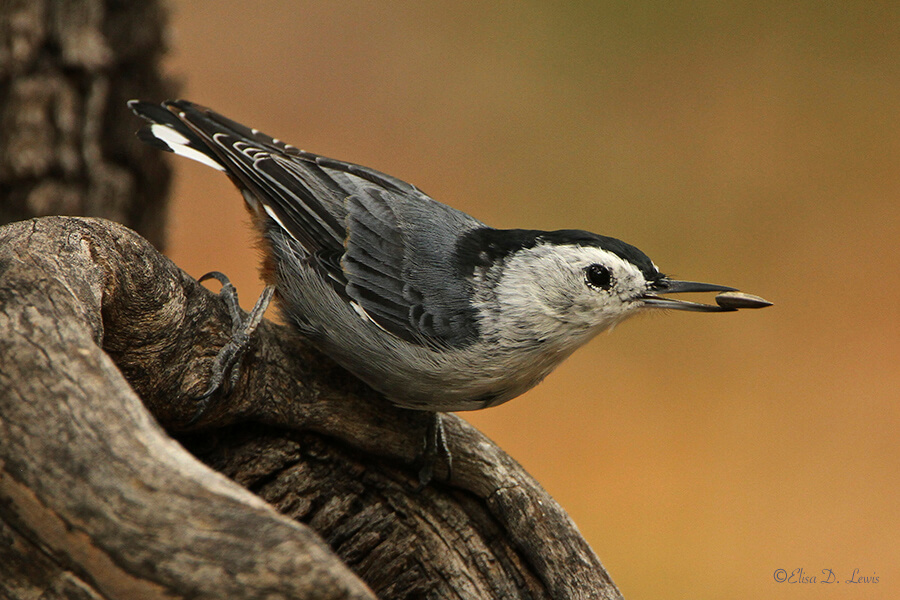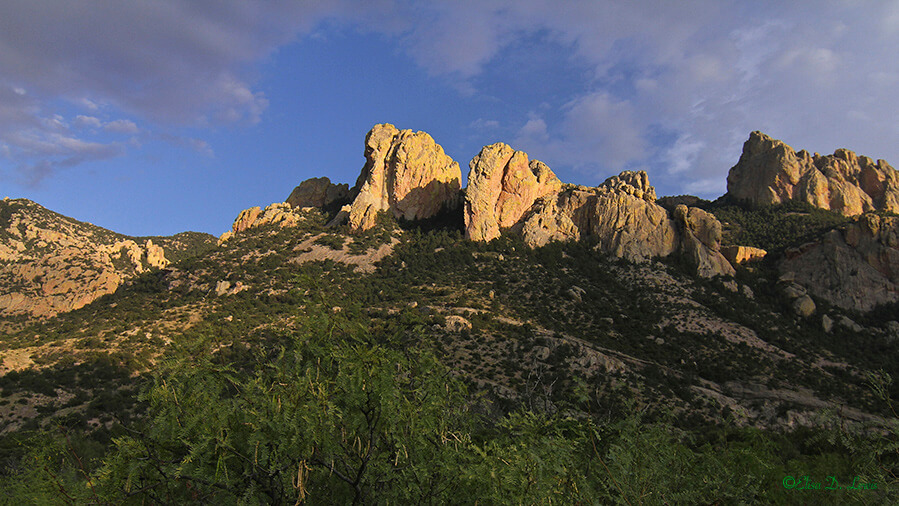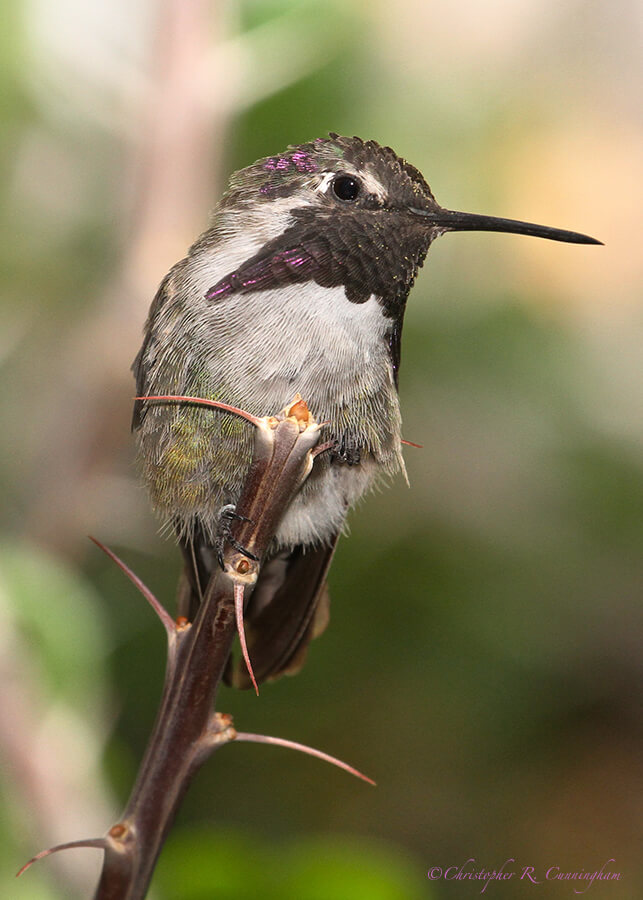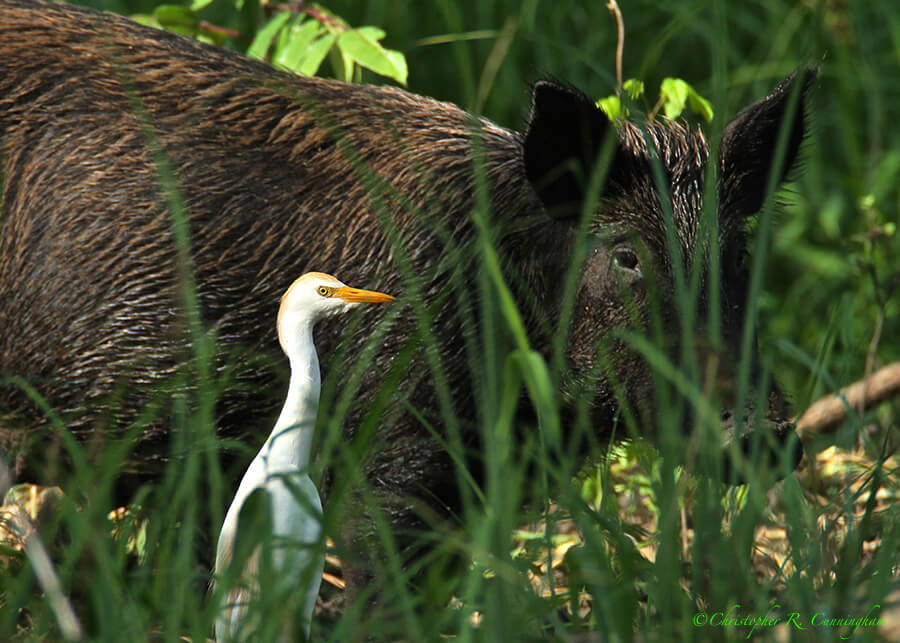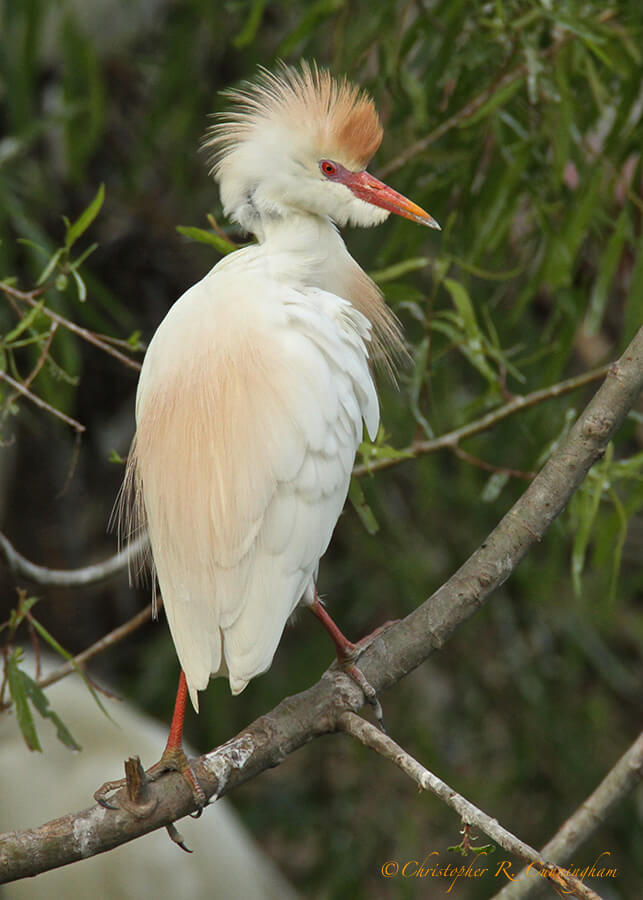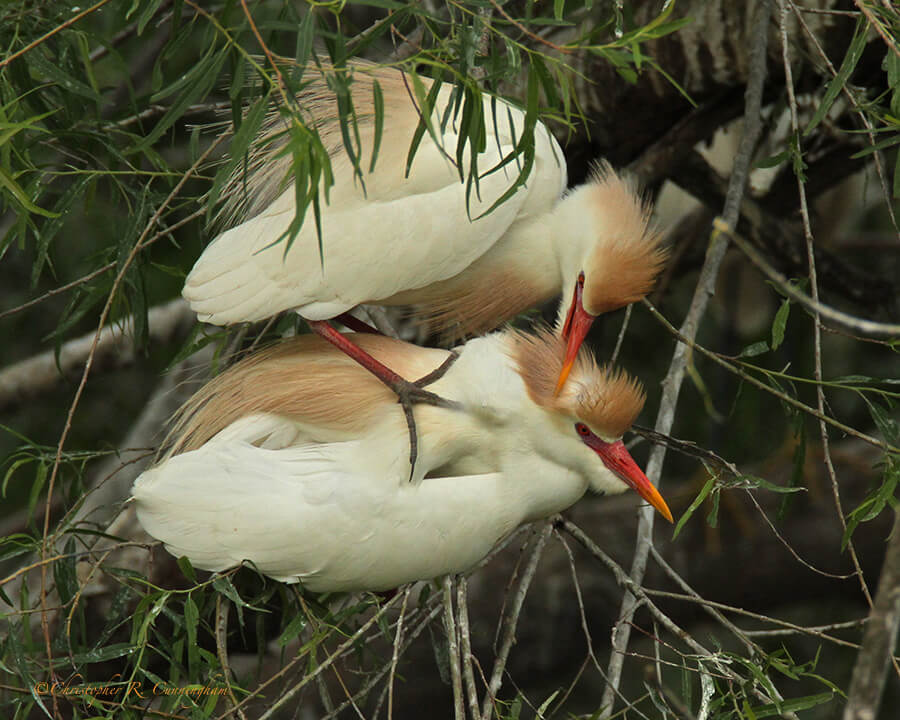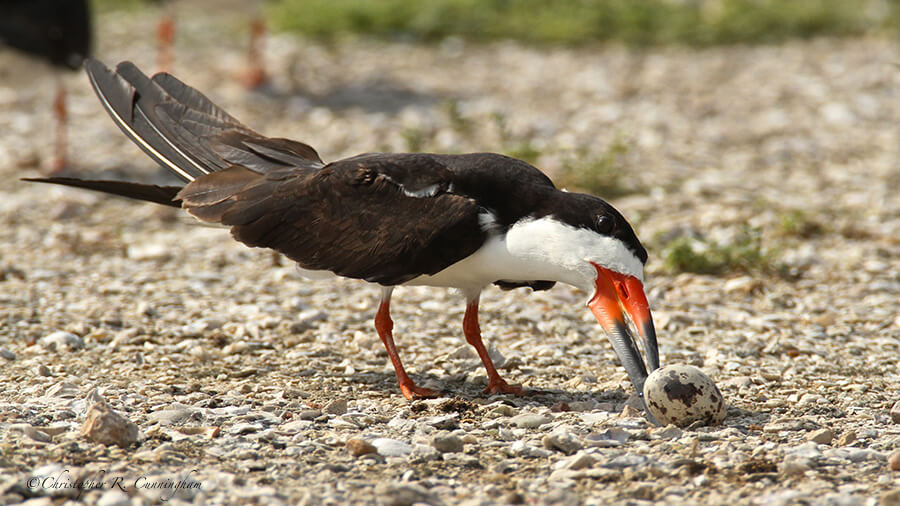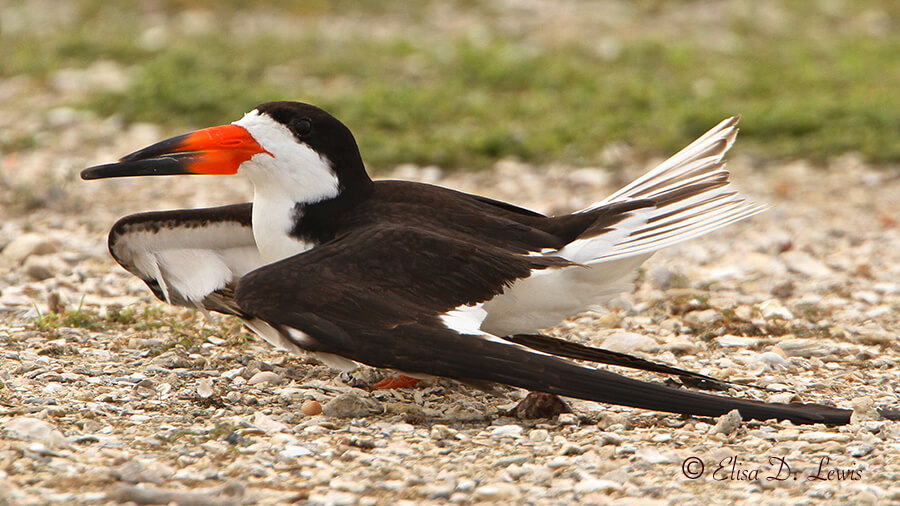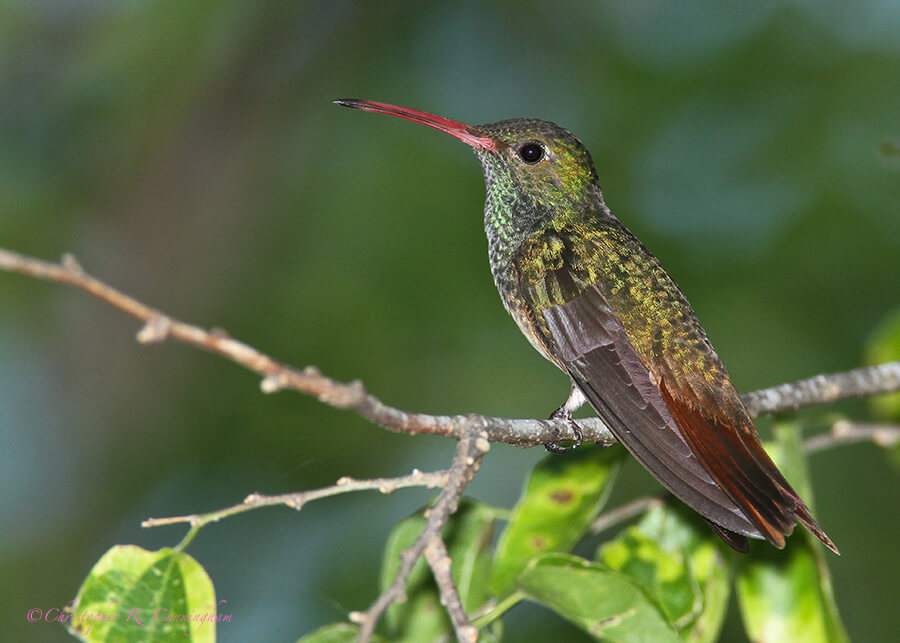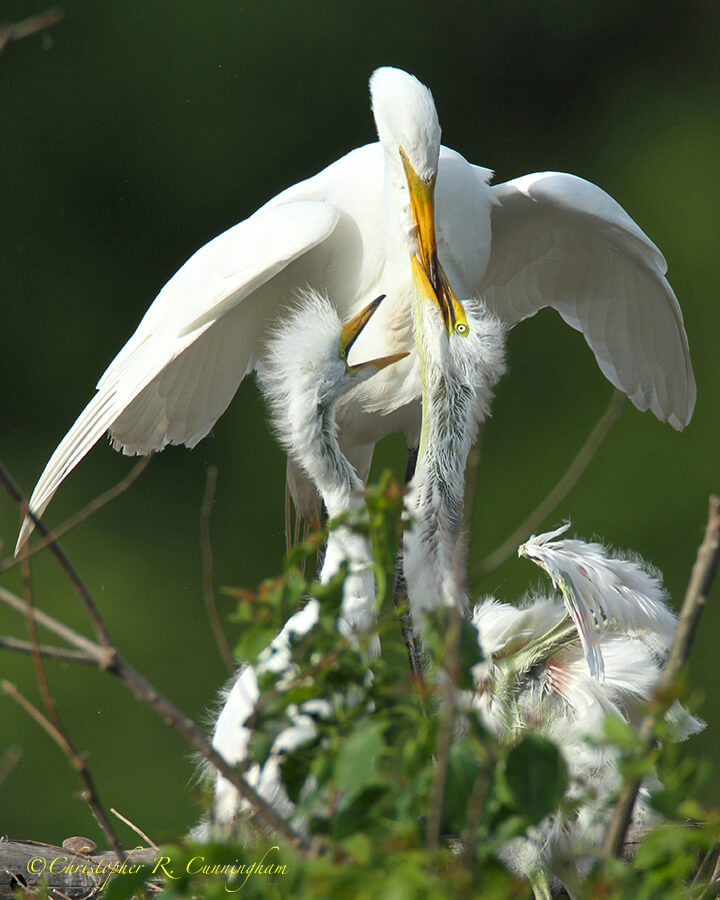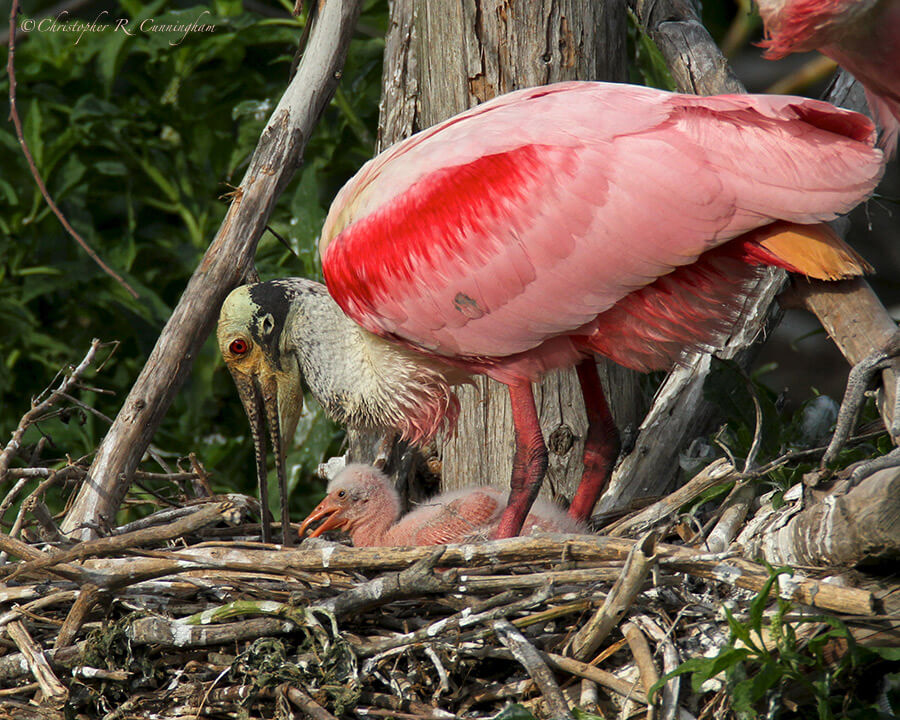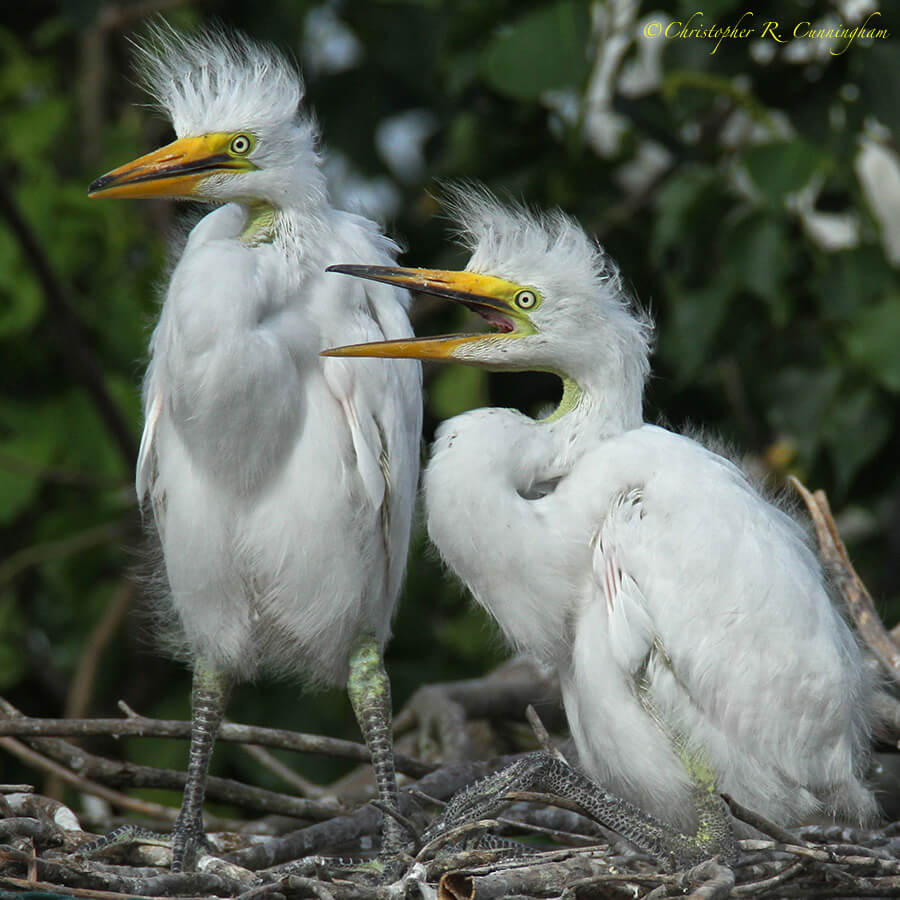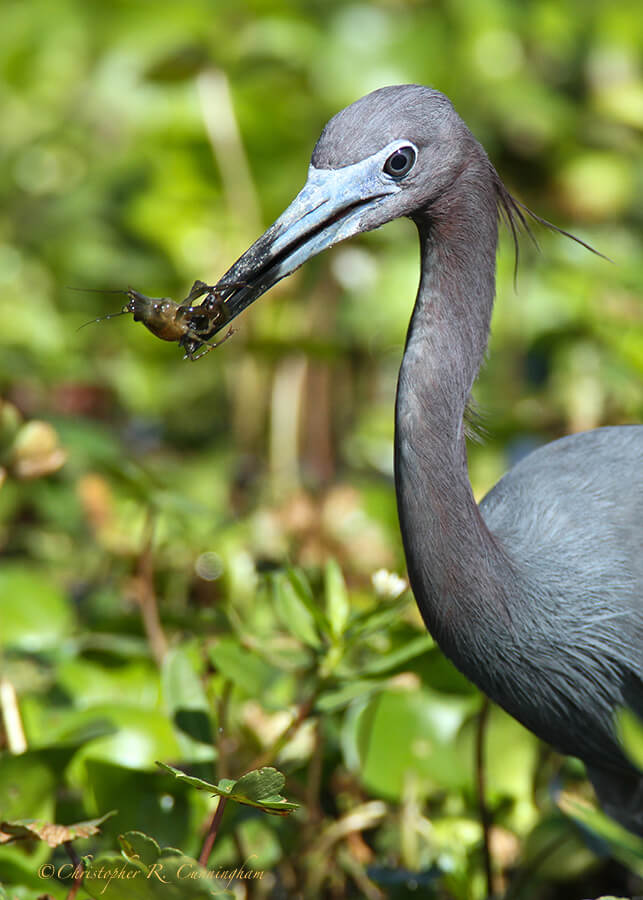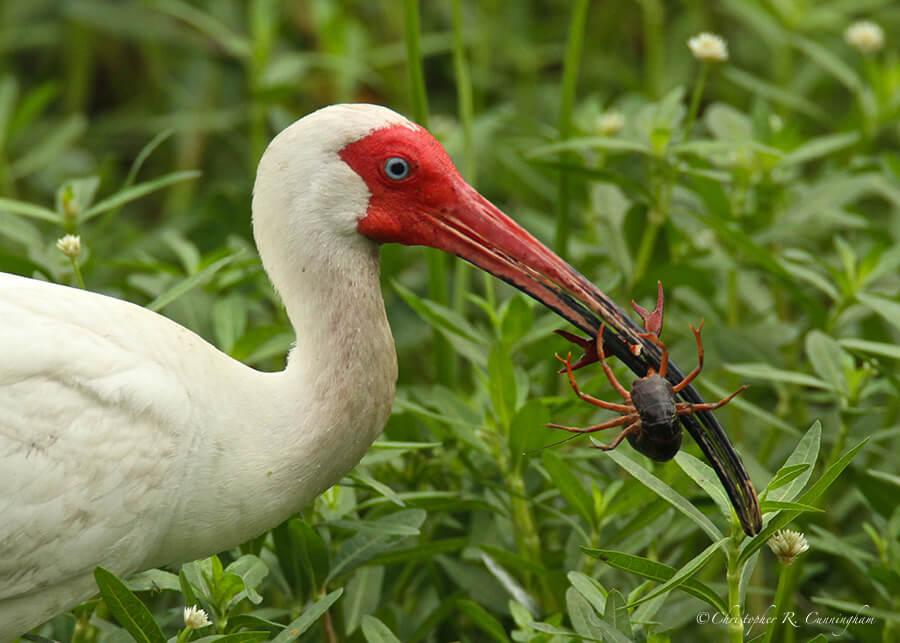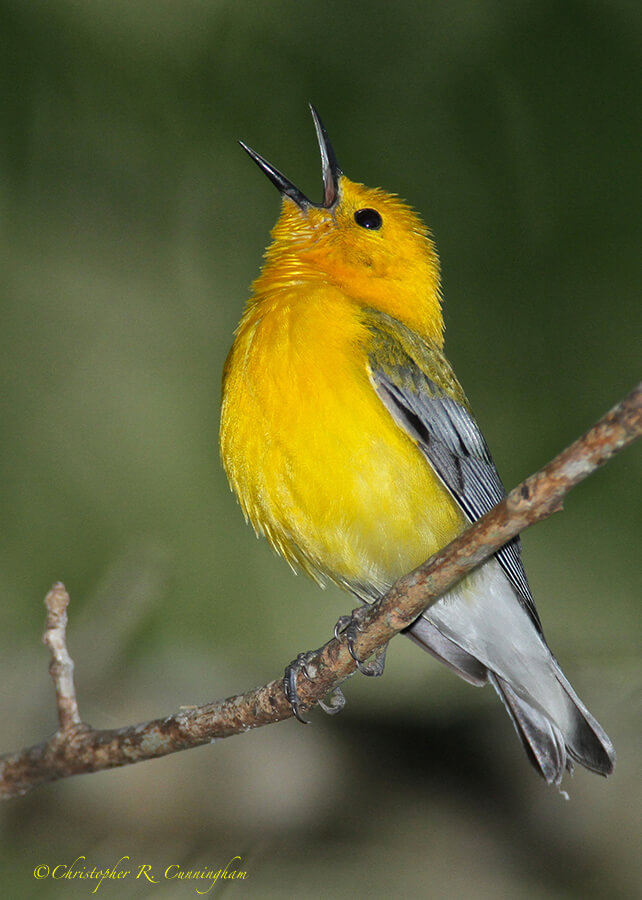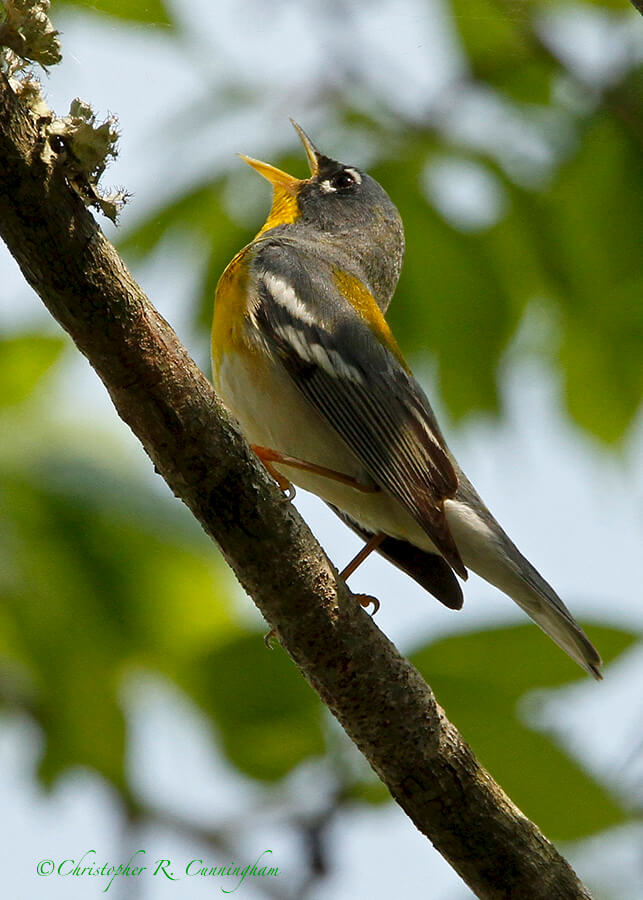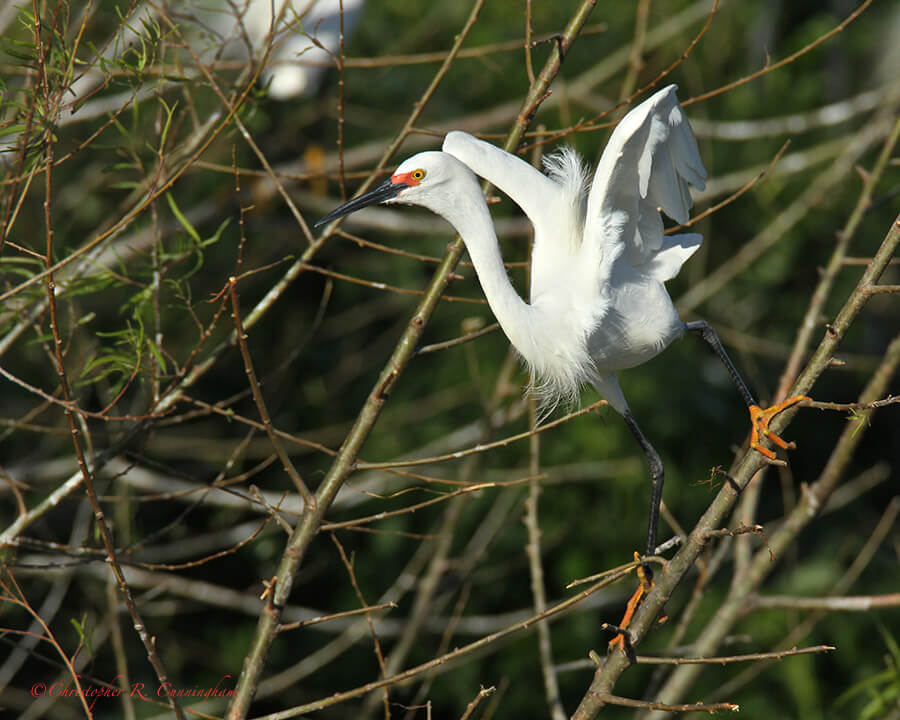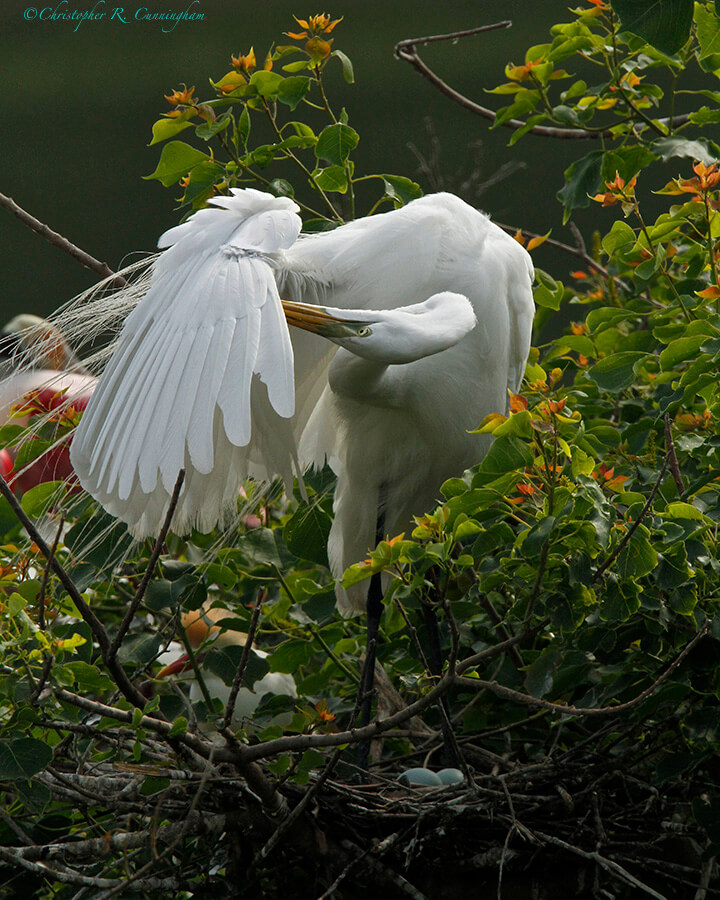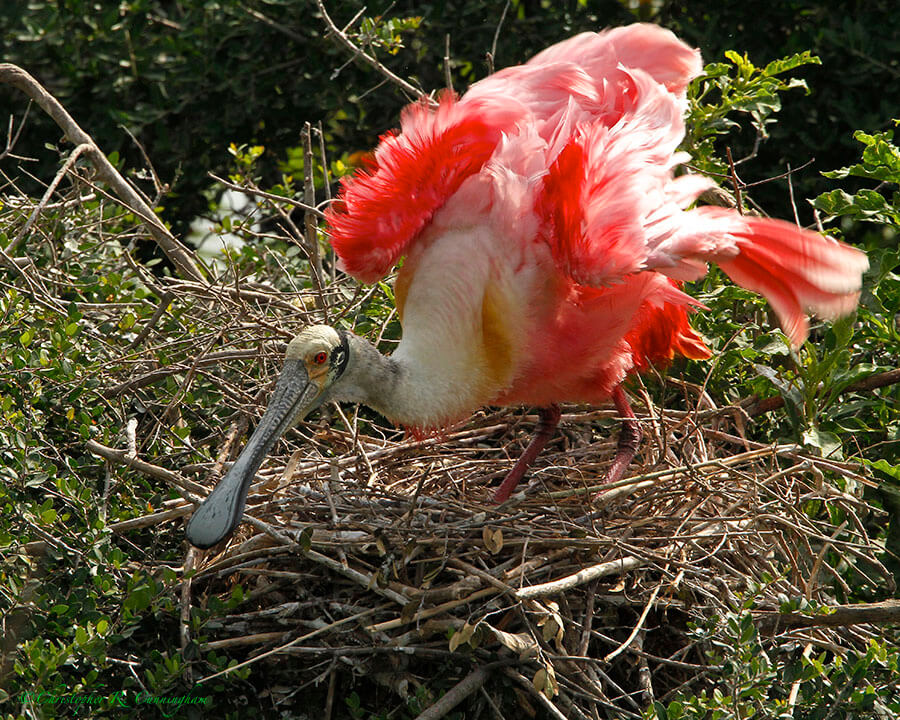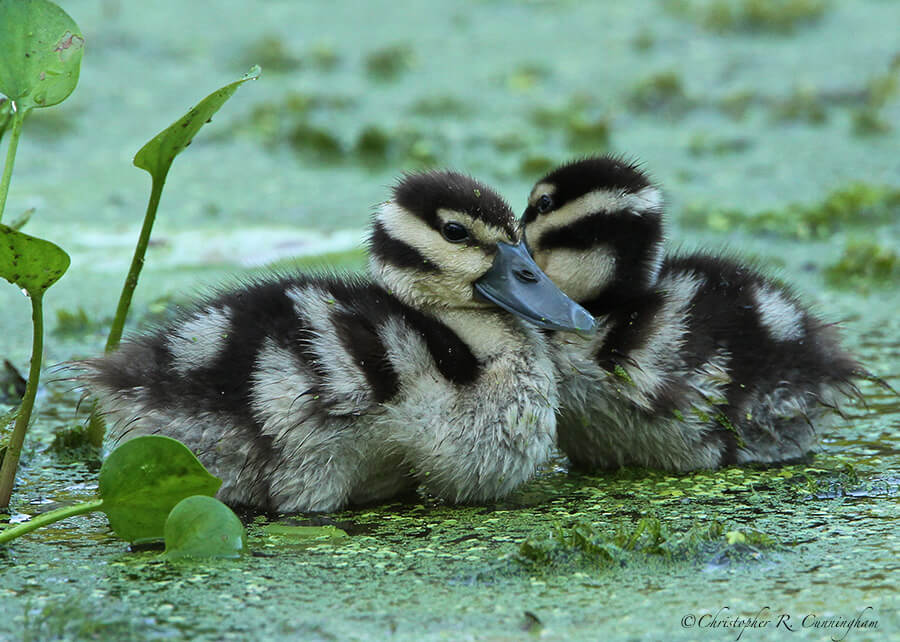
During the past few weeks we haven’t been going out into the field much due to the weather. The dog days of summer are a bit hard to stomach along the Upper Texas Gulf Coast. Patchy rain storms, interspersed with blistering sun, temperatures in the 90’s and dew points in the upper 70’s—not to mention clouds of winged bloodsuckers—can make for tough going. A sense of humor is definitely required.
Driving to High Island last week, passing the turn to Anahauc National Wildlife Refuge I just shook my my head, imagining the bugs. We visited Frenchtown Road, though, on the Bolivar Peninsula, and through the windows of the truck it looked very promising. In fact, Elisa saw a family of Clapper Rails with four young, a first for her. Recent heavy rains and high tide, though, meant everything was soaked and exuding humidity. The instant we opened the truck doors, the cab was flooded with mosquitos. The cloud stayed with the vehicle (in the bed) as we drove away, and even remained as we waited for the ferry to cross to Galveston!

To further dampen our enthusiasm, at East Beach, Galveston, we found astronomical amounts of reeking, rotting seaweed still (summer stuff) covering the beach. Please! A fall storm to wash all this rubbish out to sea! At East Beach we nevertheless tried for some terns in flight. The conditions were strange to say the least: sweltering on the buggy beach in a dead calm shooting at 1/4000 sec with bright sun and simultaneous rain. In early September in Texas, I fantasize about being in the field without being smeared with blood, sweat, and bug parts! Ha!
A close friend and native Houstonian who recently retired to the hills of East Tennessee characterized the close of the Texas dog days best: during September one watches the weather reports from around the country with envious eyes and sees temperatures falling into the 70’s, then 60’s, then 50’s all the while Texas cooks on into month five. But things are changing in subtle ways. The days are decidedly shorter. There is some avian movement: We saw some Spotted Sandpipers at Sea Center Texas. A pair of Cooper’s Hawks has been hanging around our yard and communicating back and forth with their whistling calls. Flycatchers are passing through.

So while the birding isn’t the best now, there is always research and planning for the future. Although I’m not much of a gear-head, I do read a lot of technical reports on photographic equipment in my spare time. I’m currently waiting to read the official specifications for the much-anticipated Canon EOS 7D Mark 2. What is available indicates not a quantum leap forward (no Foveon sensor!), but rather a series of incremental improvements in resolution, speed, etc.–which is a bit disappointing given the innovative products released during the past two years by Nikon (D800/D810) and Sony (a7R), especially as regards resolution. Perhaps I won’t be an early adopter when this new camera comes out later this year.
Finally, there’s always planning for a retirement that incorporates the seven lovely months in Texas. And they are lovely . . . and just around the corner.
“When action grows unprofitable, gather information; when information grows unprofitable, sleep.” —Ursula K. Le Guin, The Left Hand of Darkness
©2014 Christopher R. Cunningham. All rights reserved. No text or images may be duplicated or distributed without permission.

